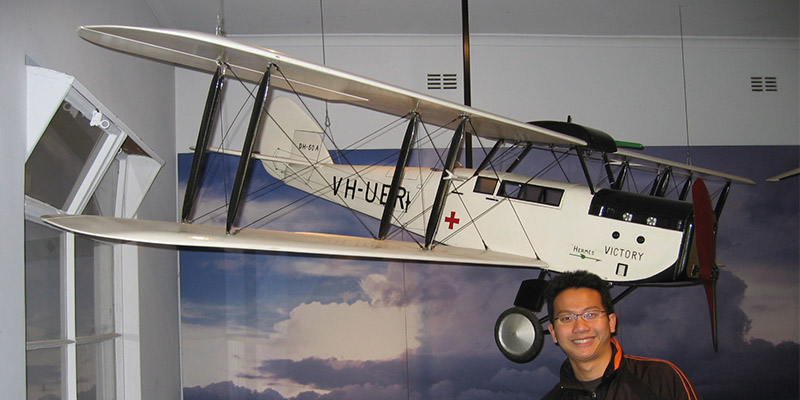Royal Flying Doctor Service Visitor Centre

8-10 Stuart Terrace, Alice Springs NT 0870, Australia +61 8 8958 8412 Website 9am – 5pm Alice Springs Campervan Hire
tongpooch (contributor)
The third stop on our Whistle Stop tour of Alice Springs was the iconic Control Station for the Royal Flying Doctor Service. The Flying Doctors are very dear to the hearts of Australians and in particular the outback and rural areas. Their web site has a great slogan – “The furthest corner, the finest care.”
Sadly all we could visit was the new theatrette where a very interesting video of the work of the Flying Doctors was shown on a large screen.
We made a quick dash through the museum and would have loved to have spent time looking and experiencing the interactive displays, but had to make a choice – something to eat or the museum. Without food we may have suddenly become patients for the famous flying doctors, so eat we did.
They do have an on-site café located in the historic veranda area, but the café operates Monday to Saturday and we visited on a Sunday. However as said on my introductory page on Alice Springs, it was the ladies auxiliary to the rescue with freshly made up sandwiches, cakes and coffee – strangely I did not see any scones which I would have considered to be very much in keeping with the traditions of country women.

 English
English
